Wera Electrical Installation

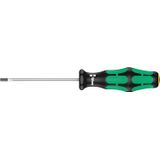
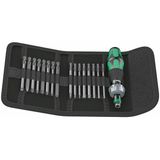
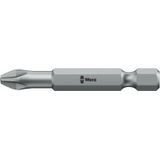
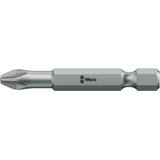
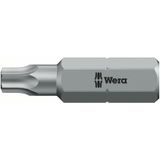
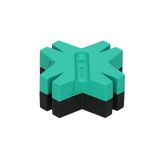



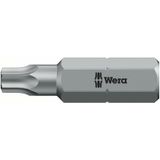



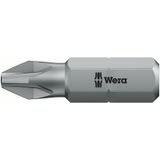
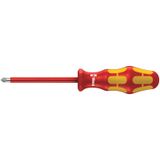
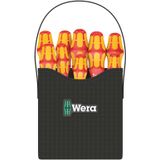
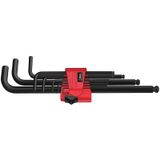
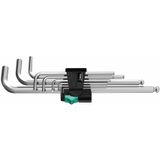

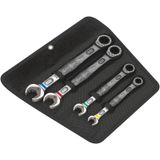













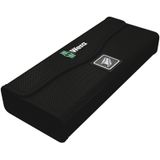














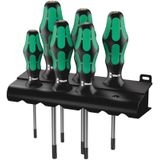










wera installation materials overview for trades and panel shops
This category brings together the bits that make first-fix and panel outfitting go smoothly: fixings for boxes and rails, brackets and trays, conduit and trunking pieces, cable supports, and the connectors that finish a pull without drama. Wera structures the range around mounting surface (wall, ceiling, rack or back-plate), routing method (conduit, tray, trunking), and the accessories that speed repeat jobs. Typical buyers are electrical contractors, panel builders, OEM machine shops and facility MRO teams who want predictable footprints, fast installs, and spares that match last year’s drawings. Most distributors keep the core sets ready to go: screw packs, saddle clips, junction boxes, elbows, tees, reducers and entry glands.
wera mounting systems families and sizes
Think in clear families. Back-plate and rail brackets for cabinets; wall and ceiling channel systems with L/Z plates for heavier runs; and compact equipment brackets for sensors, beacons and small enclosures. Heights and hole patterns align to TS35 rails and common 25/50 mm grid spacing, so you can keep one drilling template across sites. Materials: zinc-plated steel for dry interiors, A2/A4 stainless for food/process or coastal, and reinforced polymer where isolation helps. Installers favor combo-head screws and captive spring washers—fewer tool changes on the ladder. Popular movers: medium L-brackets, TS35 end stops, M5 screw kits in 50-packs, and vibration pads for compressor rooms.
wera conduit systems options and routing
For straight-line pulls and clean retrofits, choose metallic or PVC conduit with a full set of elbows, couplings, inspection tees and locknuts. Flexible corrugated runs handle machine movement and short offsets; use gland adapters at entry plates to keep IP. Trunking and mini-trunking tidy cabinet internals; clip-in covers snap tight yet pop off without breaking. Color coding supports segregating power, control and data. Where EMC matters, use metallic conduit or shield clamps at gland plates so 360° bonding carries from entry to the PE bar.
wera installation hardware key specs and ordering
- Thread and fastener sets from M4 to M8 with spring and toothed washers for torque stability in vibration zones.
- Bracket finishes in passivated zinc, black coated for low-glare plant rooms, and stainless for washdown.
- Conduit diameters from 16 to 63 mm with matching locknuts, bushes and inspection fittings; reducers cover legacy holes.
- Trunking widths 25–100 mm with radius accessories that protect insulation and ferrule sleeves.
- IP classes from IP20 cabinet internals up to IP65 when paired with the right glands and gaskets.
- Packaging tuned for kitting: brackets in singles, fixings in 100s, glands and saddles in bags of 25–50.
Applications and compatibility
Use across control rooms, MCC corridors, bottling halls, HVAC rooftops, pump galleries and machine skids. Hardware lands beside DIN rails, terminal blocks and 24 V supplies; hole patterns match standard enclosures so drilling stays repeatable. Basket building is simple: add cable glands, marker sleeves, PE terminals, wire duct and test points so the crew finishes in one pass. Many teams file small picks under wera installation accessories to keep purchase lines tidy and avoid missed items.
Integration with other brand products
Channel and rail brackets share spacing with terminal carriers, so your markers line up. Conduit entries pair with EMC or standard glands; published clamping ranges match printed cable ODs. End-stop marker carriers use the same labels as your terminal blocks—operators read one system from door to schematic. For outdoor boxes, pick stainless fixings and UV-stable gaskets to avoid mid-season call-backs.
Selection criteria for B2B clients
- Environment and material. Zinc-plated indoors; stainless near washdown or coastal; polymer where isolation or weight matters.
- Load and rigidity. Slim brackets for light terminal strips; gusseted or channel systems for trays, drives and PSUs.
- Routing method. Conduit where IP and impact resistance lead; trunking for cabinet internals and easy rework.
- Entry and sealing. Match gland thread and cable OD; add sealing washers on thin painted doors to hold IP.
- Serviceability. Use quick-fit clips for prototypes; screw-down hardware where vibration exists or audits demand torque seals.
- Kit completeness. Order fasteners, gaskets, saddles and markers with the main hardware—missing smalls stop crews cold.
Advantages of working with Bankoflamps
Expect individual B2B pricing and custom offers, a personal account manager, and real-time stock across EU warehouses. Quotes return fast (≈1 hour). Ordering by EAN/MPN is straightforward with downloadable, always-current price lists. You get lead-time tracking, order-status updates and purchase-history analytics, plus post-payment terms up to 30 days for trusted clients. We consolidate shipments to cut delivery costs and hold stable pricing with validity dates across France, the Baltics, Germany, Spain, Italy, Belgium and the Netherlands.